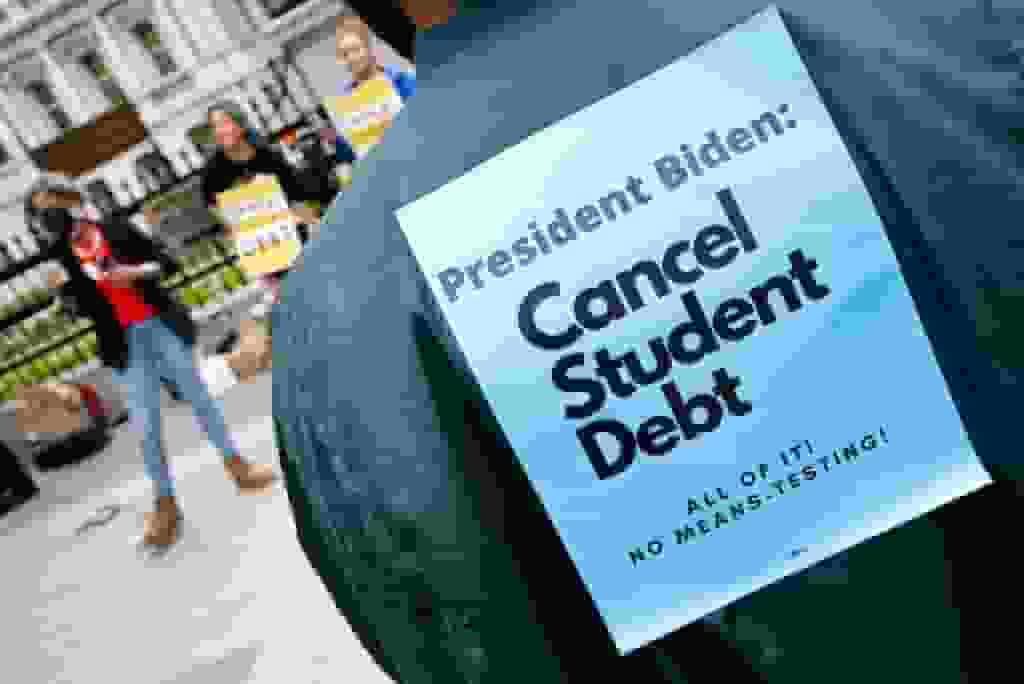
According to the Biden administration, the suspension of federal student loan payments that has been in place since March 2020 may soon come to an end.
Depending on the outcome of a Supreme Court lawsuit about student loan forgiveness, borrowers among the 45 million Americans with student debt may probably need to start making payments again before the fall of this year.
Federal Student Loan Plan
The White House has planned to forgive up to $20,000 in federal student debt for each borrower, but some states and lenders are suing to stop the scheme.
By June 30, 2023, the Supreme Court is anticipated to have decided on the strategy. The Education Department will start the debt relief program and extend the payment suspension if the judge approves the scheme.
If the court invalidates the plan, payments will resume 60 days later. Also, according to the Education Department, it will inform borrowers before payments resume and offer instructions on how to sign up for income-driven repayment plans or submit an application for a deferment or forbearance if they experience financial difficulty.
Read more: Tax Rebates: $600 Direct payments to be sent today! Who’s eligible?
Make Your Advance Payment

Student loan experts urge borrowers to check their loan balances, interest rates, and repayment alternatives in order to get ready for the prospect of starting payments again this summer or in the fall.
They also advise contacting their loan servicers to request any support they might require, update their contact information, and specify their preferred methods of payment.
If they can obtain lower interest rates or better terms, some borrowers may also profit from refinancing their loans with private lenders, but they should be aware of the trade-offs involved, such as losing access to federal benefits and protections.
Student loan default, which is defined as nonpayment after 270 days, is much more common than many people realize.
According to a recent study we coauthored for The Pew Charitable Trusts, 35% of federal undergraduate borrowers who entered repayment over a 20-year period had a defaulted loan, and 66% of those who defaulted did so more than once.
The Fresh Start initiative, which gives borrowers a chance to get their loans out of default, is just one of many policy adjustments that the Department of Education recently implemented or sought to implement in order to address the needs of struggling borrowers.
Additionally, the government has put out changes to income-driven repayment that, when put into practice, will lower monthly payments for a large number of debtors.
Read more: EBT fraud victims in Maryland are now eligible for compensation; Here’s how to file a claim

